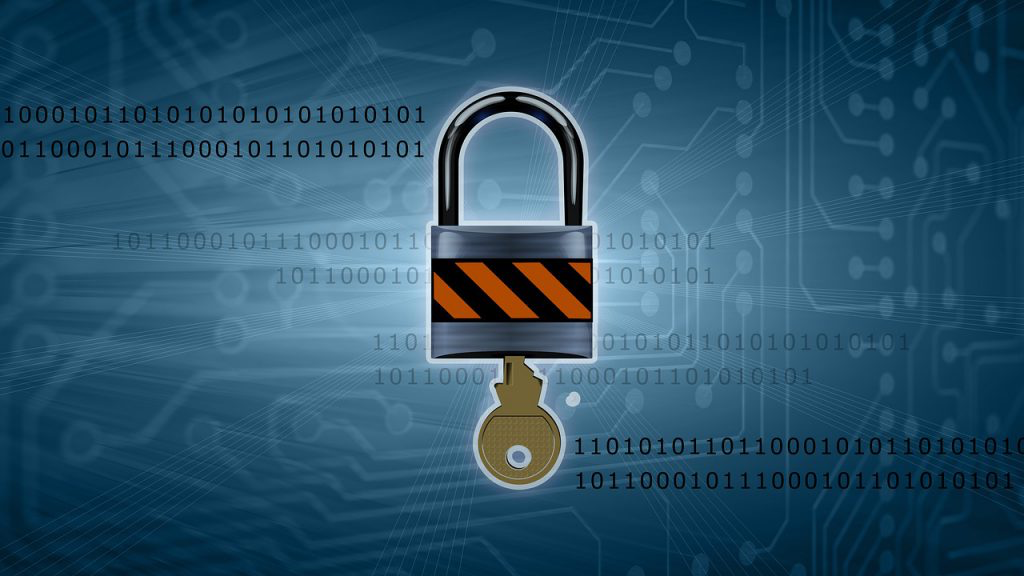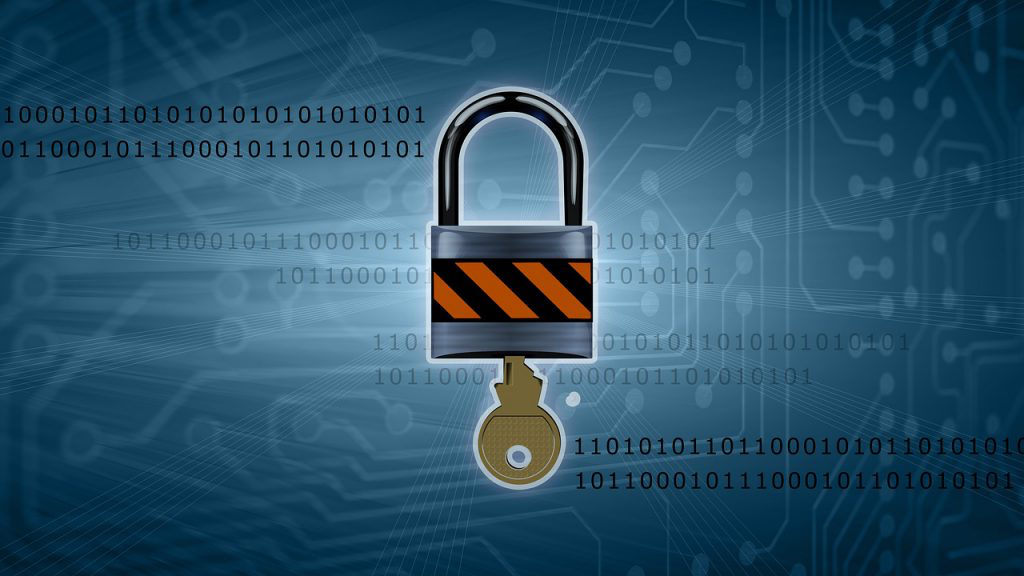
As an author, you spend a lot of time, energy, and money writing, publishing, and marketing your ebook. But do you protect your content? Discovering that someone has accessed the ebook and made it available as a free download can be devastating. How long was it there? How many people downloaded it for free before you discovered it? How many other websites are stealing your income? For a publisher representing many ebooks, not only does something like this result in lost revenue but it can also result in liability. Can the author sue you for lost revenue if the ebook you published for them is stolen and offered freely on the internet?
Protect Your Content with Digital Rights Management
Digital rights management (DRM) is a commonsense solution for ebook authors and publishers; it is also a worthy investment. According to a study last year, ebook publishers are losing $300 million annually to ebook piracy by not securing the content with DRM. The UK’s Intellectual Property Office found that 17% of all ebooks consumed that year, 4 million units in total, were pirated. In failing to do so, they’re putting themselves at risk of e-book piracy. It’s not just authors and publishers who suffer from piracy; professors and universities are also victims of piracy.
DRM Does Not Mean Loss of Control
Experts agree that lost revenue, lost intellectual property, and potential degradation of your content make DRM a worthy investment – something crucial for protecting your revenue and maintaining the integrity of your ebooks and educational materials. There are a variety of DRM options available to authors, publishers, professors, and schools – and with all of them, you maintain control over how strict the access is and how sharable the content can be. For example, a professor can make his test or textbook available only during the course of the term, where an author can make the ebook accessible on multiple devices to a single purchaser.
Digital Watermarking
You’ve likely seen digital watermarking on images, in which the logo or name of the company is overlaid on the image to prevent theft. eBooks require a different kind of watermark, and it can be visible or invisible. The watermark can include both the purchaser’s information as well as the author’s information. It can help with tracking the source of the ebook or media. Invisible watermarks are usually a code injected into the ebook. Because the author and/or purchaser’s names are embedded into the content, it can discourage piracy. Publishers can inject a unique code into each copy sold. EditionGuard offers Social DRM, which is a visible watermarking technology that requires very little time or technology to set up while allowing you to protect your content.
Adobe DRM
On the other side of digital rights management is encryption. EditionGuard uses Adobe DRM, an industry-standard solution that uses secure encryption to protect ebooks. DRM can prevent the ebook from being digitally shared, printed, or copied. It is a more significant investment, but also offers more control and security.
While there will always be the argument about whether or not DRM is the right thing to do, if you are an author whose content has been stolen and freely distributed, robbing you of the revenue, it is certainly worth considering. If you need more information about what kinds of DRM options you have, please feel free to get in touch.



